For most of you reading this, the Djoudj National Bird Sanctuary of Senegal needs no introduction. A 16,000 hectare UNESCO World Heritage Site offering refuge to millions of birds, including over 100 different species of palearctic migrants, Djoudj is rightfully on nearly every West African birdwatching itinerary.
In this article I will break down the logistics of visiting the park, whether it’s a day trip from Saint-Louis or a longer stay at one of the campements. I will also cover when to visit and what to expect at different times of year.
Getting To Djoudj
Djoudj is about 52 kilometers from Saint-Louis, which is very likely to be your jumping off point for visiting the park. If you are driving yourself, I recommend staying on the N2 a bit longer and continuing all the way to Ross Bethio before hanging a left towards Djoudj. You will add about 25 kilometers to the trip, but you will spend less time on washboard laterite track.
Either way, a 4×4 is recommended regardless of the season (it’s doable in a regular car — you will see taxis cruising around — but some of the terrain is not kind to a vehicle with a particularly low clearance).
If you don’t have your own vehicle, almost any hotel can help you arrange a trip to Djoudj. If they don’t run a trip themselves, they can point you in the right direction. A well known fixer for area tours is Babacar aka “Babacool.” He can be reached at +221 775 126 221 and can arrange everything from trips to Djoudj to horse and buggy rides in Saint-Louis. He comes recommended. His half-day trip to Djoudj will run you around 30,000 CFA per person (about 45 euro).
There are also several tour operators, including Sahel Decouverte, which is owned by Hôtel La Residence, running trips up to Djoudj. They lead half-day and full day tours. If you are flying solo, you can expect to pay around 100 euro for a half day trip. This price includes all your transport, a boat tour (which is really the main feature of the half-day trip), park entrance and a guide. If you have a group of 4, the price comes down to 50 euro per person.
Our recommended tour operator for Saint-Louis generally is Pape Dièye. He can be reached on whatsapp at +221 77 572 18 37
Lastly, if you don’t have your own vehicle but you still want some independence, you can indeed hire a taxi to go out to Djoudj. To get to the park entrance, you can expect to pay around ~20,000-25,000 CFA from Saint-Louis (it’s a negotiation so bonne chance). If you are going to any of the viewing points or to the jumping off point for the boat, you will certainly pay more. Keep in mind, the track to both the embarcadere (where you take the boat) and the viewpoints is pot-holed laterite with plenty of washboard. Your average taxi driver will not be thrilled about it.
Park Costs
Once in Djoudj, the prices are fairly straightforward. Entry to the park is 5,000 CFA per person, and the boat trip (roughly 2 hours on a shared craft) is also 5,000 CFA per person. For our group of 4, we paid 10,000 CFA per day (so 5,000 per person without tips) for our guide.
Normally our vehicle would have been charged a flat fee of 10,000 CFA for entry, but we never actually saw the bill for this and only realized after we had left.
Where to Stay
Djoudj is a very manageable day trip from Saint-Louis. As mentioned above, it’s even possible to do it in a half-day and be back in Saint-Louis for lunch. But if you want to truly indulge in the birdlife — and be able to catch the activity at dawn and dusk — you will want to stay overnight. Realistically, this means that you are either in your own vehicle or you are doing a multi-day tour with a travel company.
As of this writing, there are two places to stay, Njagabaar and Campement Bidiel. Hotel Djoudj, which is technically inside the grounds of the park, has not been operational since COVID.
Campement Villageois Njagabaar – this is the village campement and all proceeds theoretically benefit the local community. On our most recent visit, the place, or at least the manager, was not firing on all cylinders. Hard to recommend during the busiest time of the year (Nov-Feb) unless you are part of a group. Expect to pay 21,000 CFA per person for full board.
Campement Bidiel – family run place with brighter and more comfortable rooms compared to Njagabaar, but slightly further away from the park entrance (by about 800m) and not as many guides/eco-guards associated with the place. That said, Ahmed, the owner will happily help you arrange visits and guiding services, and the prices are comparable to Njagabaar.
What to do at Djoudj
Is it really all about the birds? Yes, it is. Ok, there is some other wildlife to see. On our recent February trip, we saw golden jackals, who have been recently renamed – or re-identified – as the African Golden Wolf (how cool!), patas monkeys and plenty of warthogs.
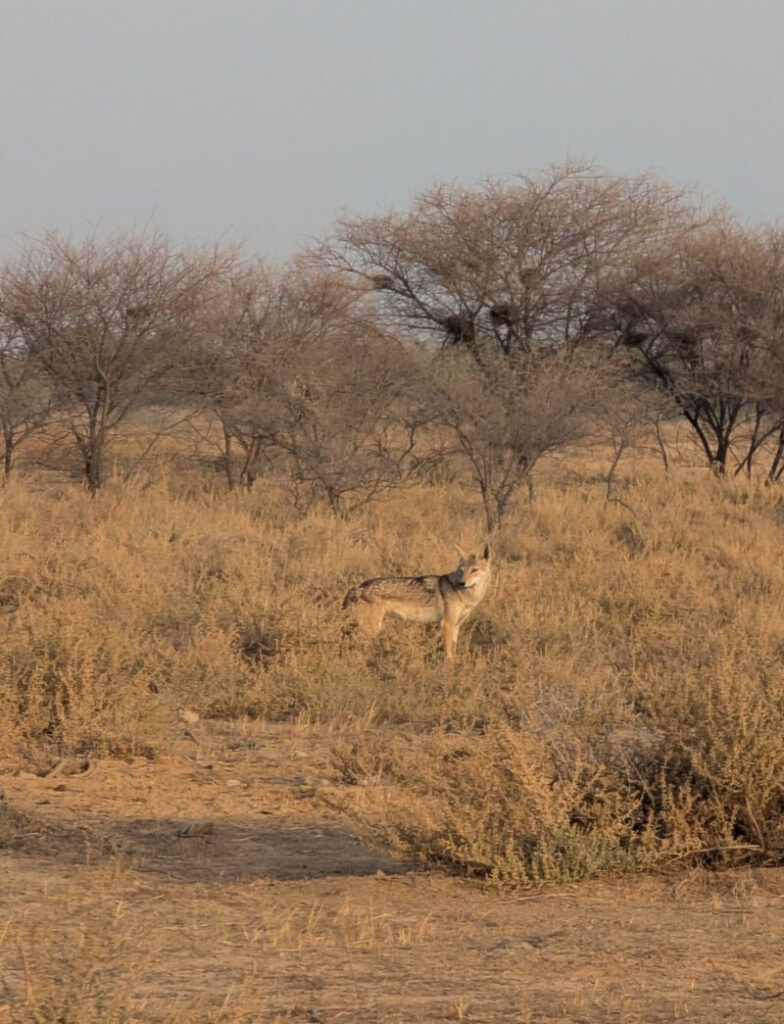
But, yes, the birds are the stars of the show here. Djoudj is the first freshwater refuge after the Sahara Desert. Exhausted birds are happy to plop down here for a rest before continuing on their journey. But even if you miss the migration, Djoudj still has an astonishing number of year round residents.
We saw over 60 species in less than two full days in early February. Beyond the diversity, it is the staggering number of birds that will make your head spin. Flamingos and pelicans in the thousands. You like white faced whistling ducks? I don’t know where you will find more of them in one place. Sometimes you will see what looks a cloud of smoke in the distance. Then you look in your binoculars and realize that it is actually thousands of birds in flight.
Birds we saw over the course of 1.5 days at Djoudj
purple swamphen, common moorhen, african jacana, great egret, little egret, black heron, gray heron, purple heron,squacco heron, black crowned night heron, yellow billed stork, african spoonbill, lesser flamingo, knob billed duck, black krake, african stonechat, great cormorant, long tailed cormorant, african darter, namaqua dove, great white pelican, african fish eagle, osprey, black shouldered/winged kite, marsh harrier, white wagtail, yellow wagtail, gargany, white faced whistling duck, spur winged lapwing, caspian tern, african pygmy goose, spur winged goose, glossy ibis, african sacred ibis, northern shoveler, sudan golden sparrow, common bulbul, abyssinian roller, northern shoveler, black winged stilt, blue cheeked bee eater, little bee eater, blue naped mousebird, egyptian goose, laughing dove, yellow crowned gonolek, black tailed godwit, kentish plover, wood sandpiper, barn swallow, common sand martin, crested lark, senegal coucal, pied avocet.
The boat ride up the “Djoudj branch” of the Senegal River is the main attraction, culminating in a close-up view of the Great White Pelican breeding ground, but if you have your own vehicle (or if you are part of a more elaborate multi-day group tour), I would certainly make an effort to get out to the “Grand Lac” (Big Lake) and some of the observation towers. The one thing I will say is that the birds at these observation towers are often some distance away, particularly as you get further away from the rainy season. High powered binoculars or a telescope can certainly come in handy.
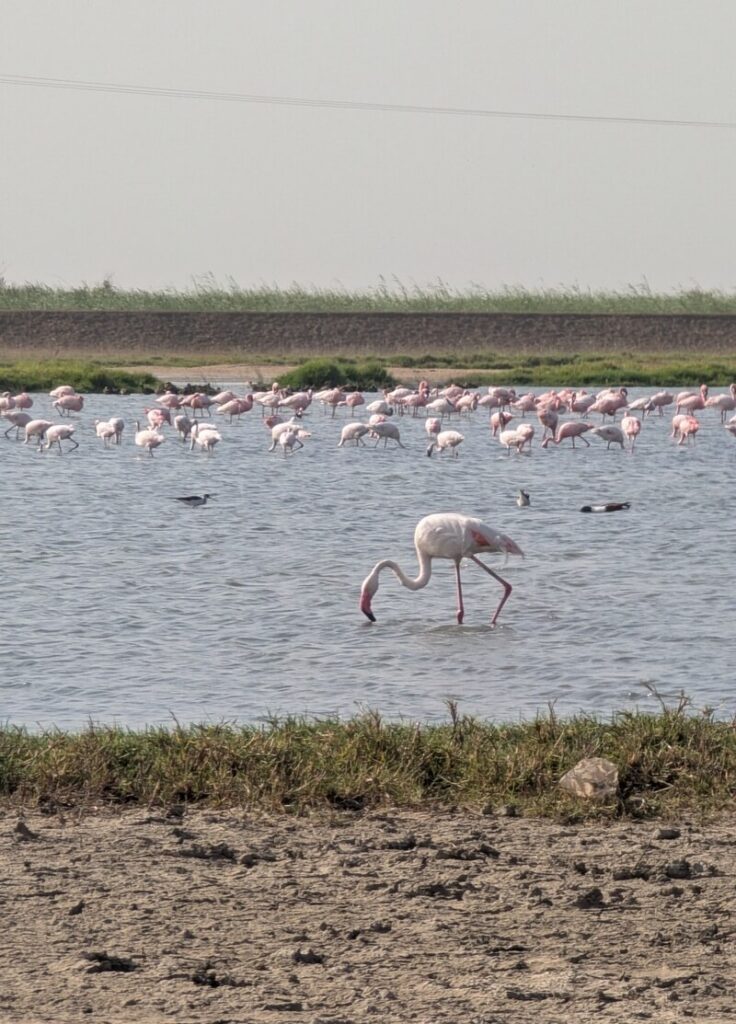
When to Visit
The migration really gets going in December and you can reliably see jaw-dropping numbers of birds through mid-February. Beyond that, you will still see plenty of birds, but with fewer migrants as they begin their journey north. At the height of the migration, there will be nearly 400 different species in the park. A good way to track the migration is to have a look at recent checklists on eBird.
The park is less accessible in the rainy season months of June-October. We got mixed info on whether the park was even open then. It seems it is officially closed, but you may be able to work something out with an eco-guard to visit during this time. Keep in mind, many of the roads will be impassable (even with a 4×4) and there will be substantially fewer birds during this period.

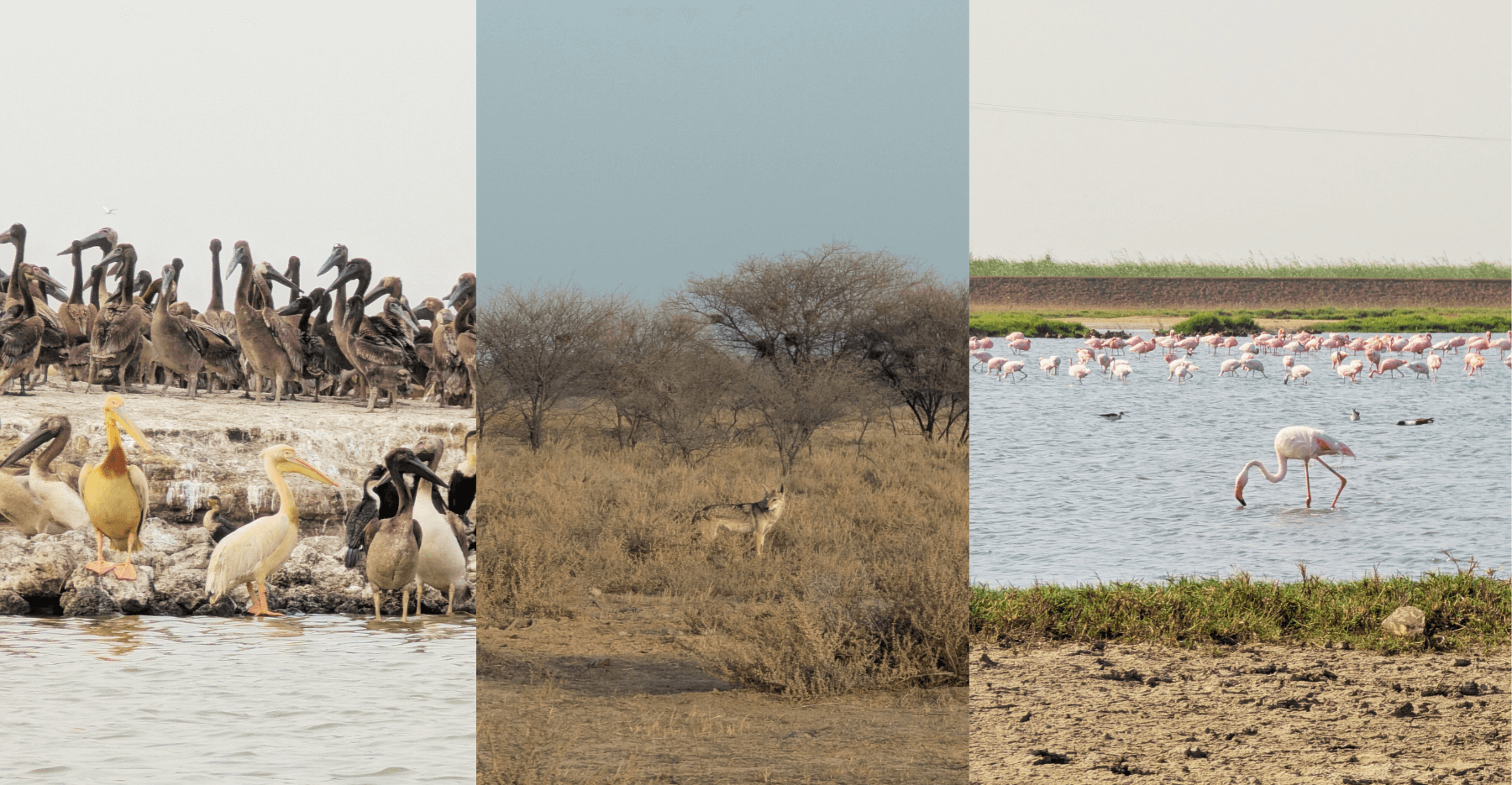
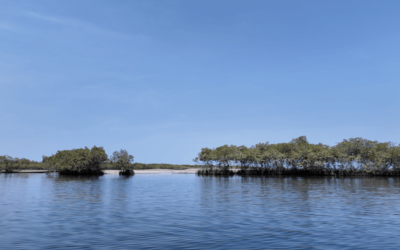
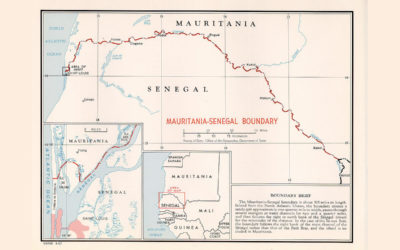
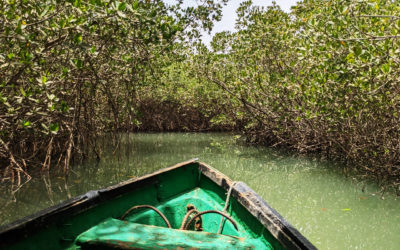
0 Comments